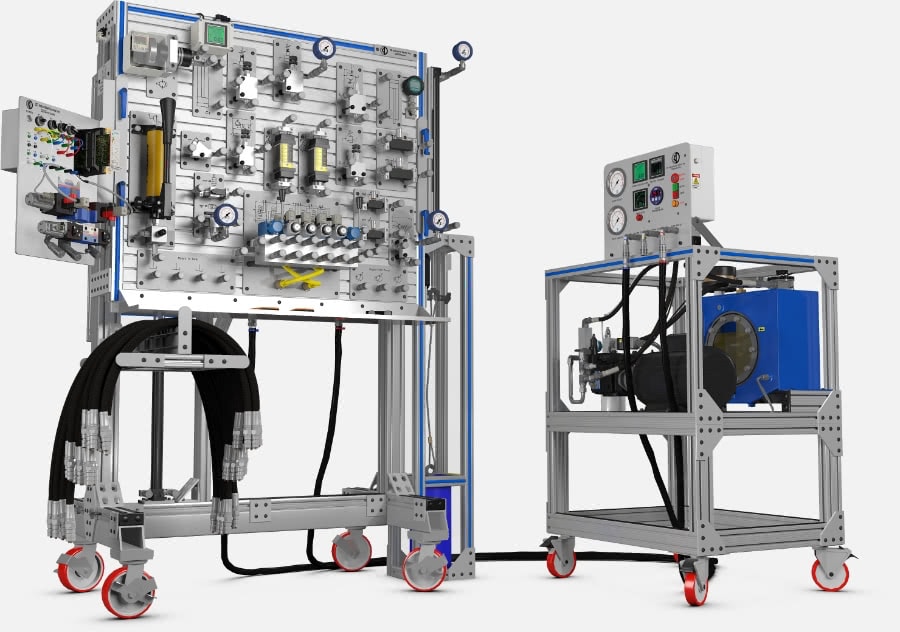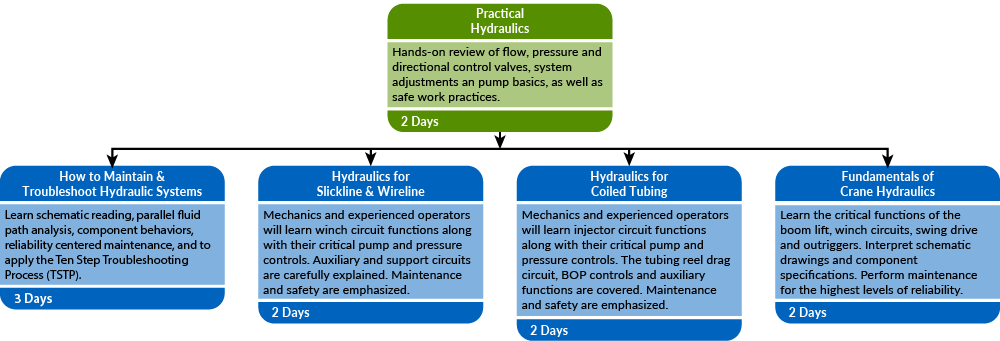Great content. The most valuable was the basic laws and physics around hydraulics. This is important and essential to help with troubleshooting. A very effective teaching style.Craig M., Tolko
Fluid Power Basics
Objective: Explain fundamental fluid power principles
Activity: Calculate force, pressure and surface area
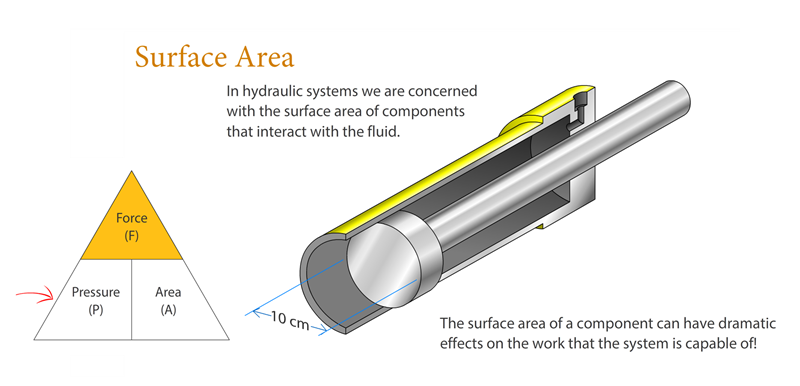
The FPA triangle helps students remember the relationship between force, pressure and area using a simple image.
Very informative and exciting. Great use of visual with the animations. Completely worthwhile to anyone who works with hydraulicsTerry D., Rangerboard
Fluid Power Math
Objective: Describe design principles
Activity: Calculate force multiplication in hydraulic systems
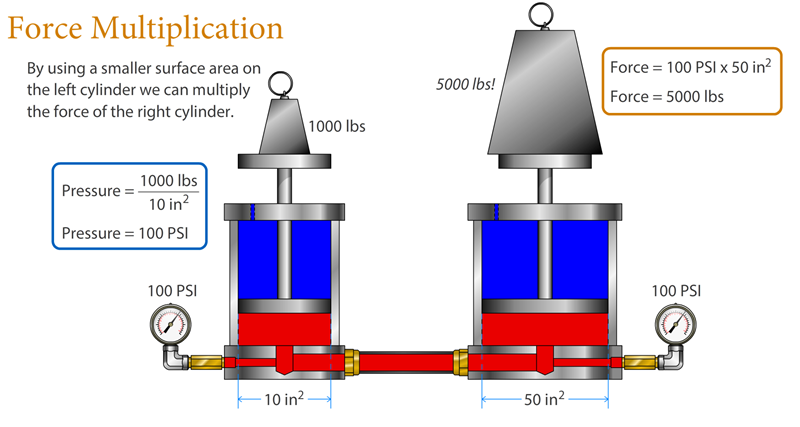
How can low pressure work with large forces? You'll find out!
The demonstrations and practical work were great in helping to visually understand everything that goes on.Dustin, Mechanic, Teck Coal
Pump Basics
Objective: Identify types and characteristics of pumps
Activity: Correctly connect a pump to a fluid source and circuit
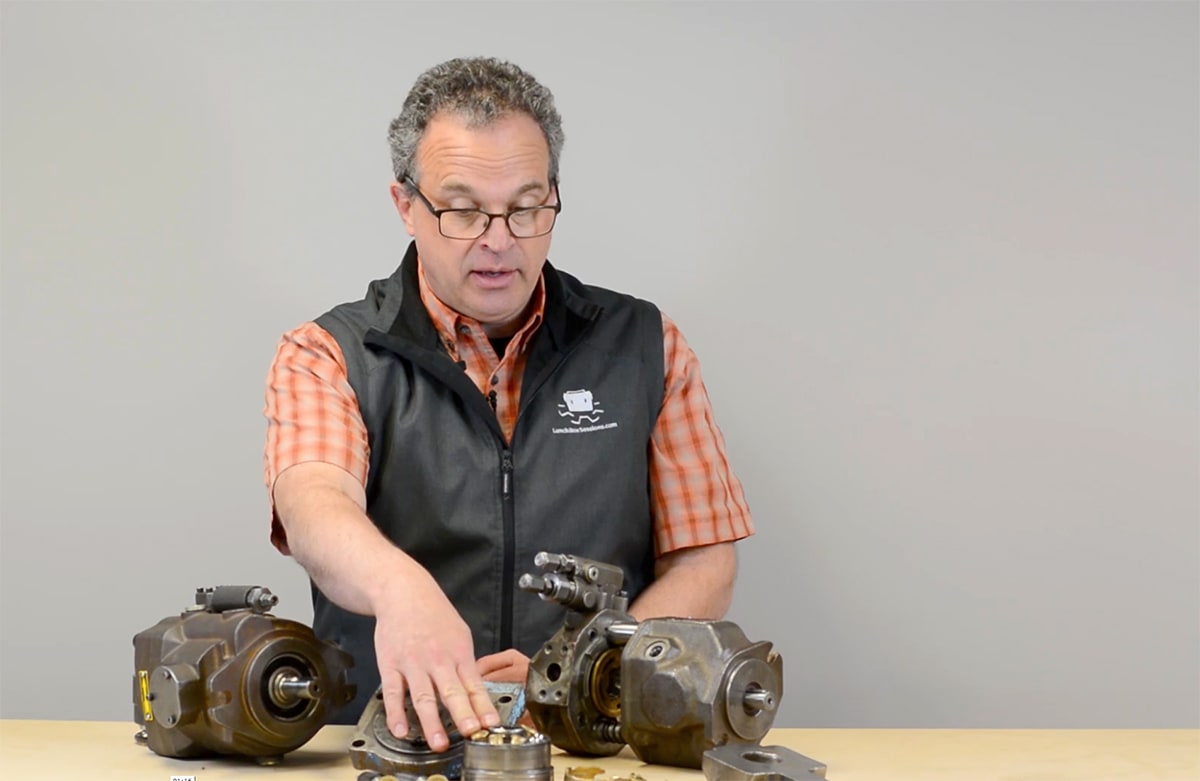
Fixed and variable displacement pumps have very different characteristics. Recognizing which kind of pump you are working with is vital in understanding system behavior.
I learned the ability to verify pump settings on hydraulic systems.Drake A, Sanjel
Pressure Valves
Objective: Differentiate between various types of pressure valves
Activity: Connect and correctly adjust pressure valves
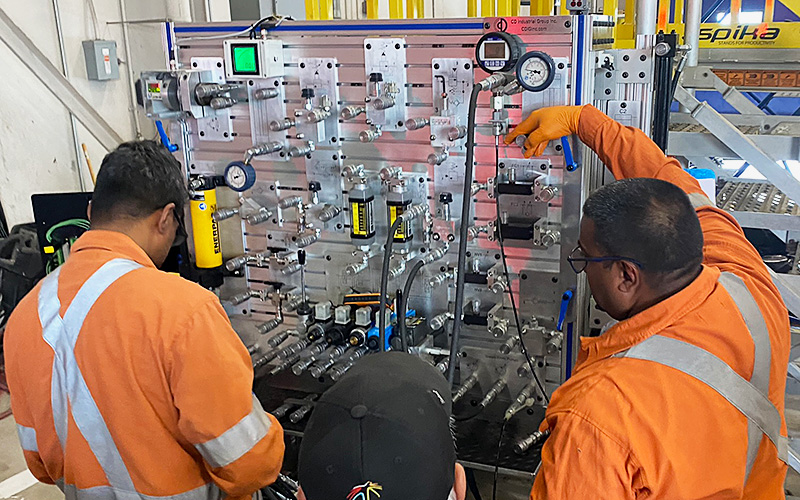
Recognize pressure valves by sight & read the symbols like a pro.
This course is perfect for people who have a basic understanding of hydraulic systems and need hands-on training.Jeff D., Zedi
Pressure Relief Valves
Objective: Explain single acting and balanced relief valves
Activity: Measure cracking pressure versus full-flow, setting pressure
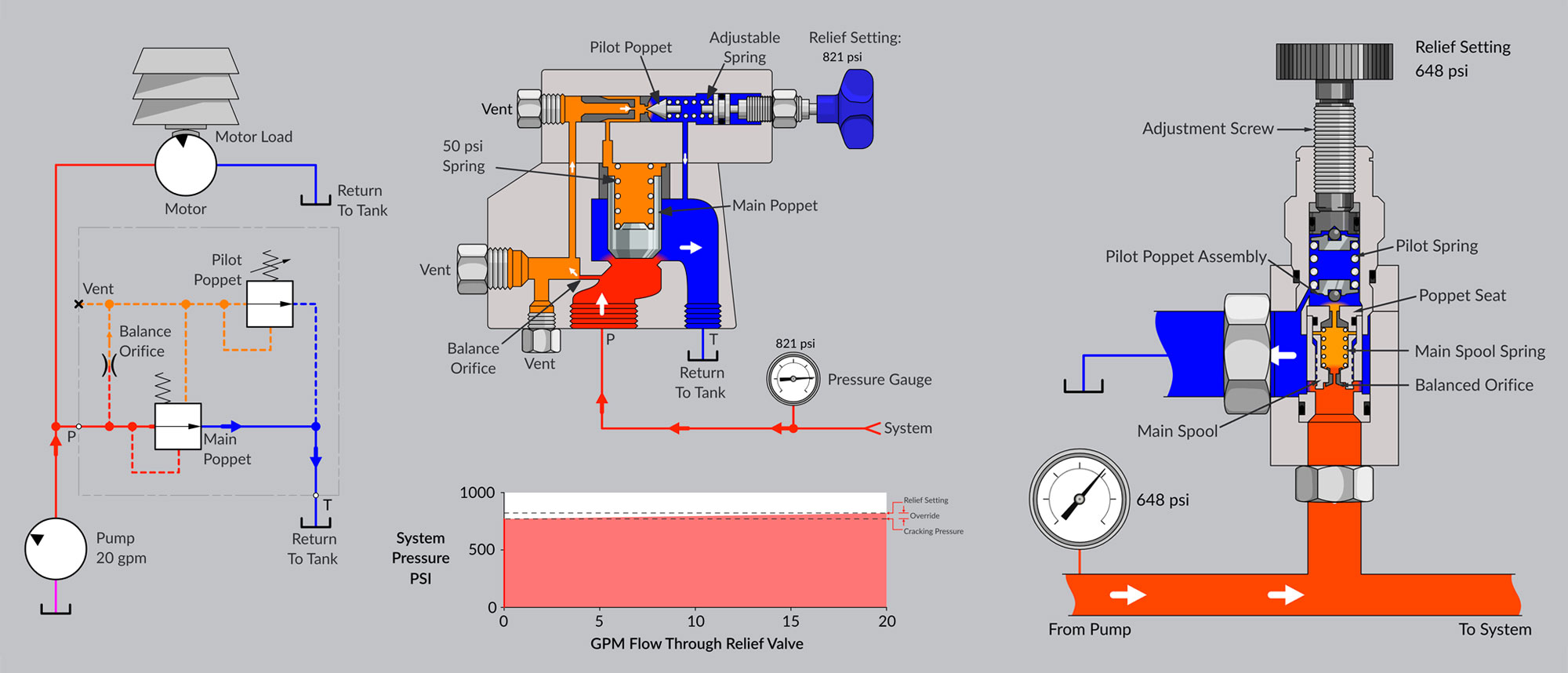
Detect and compensate for pressure override in any pressure valve
Animated schematics make valves a lot easier to follow. Great teaching techniques.Brad, Mechanic, Syncrude
Directional Valves
Objective: Explain directional valve types and circuit configurations
Activity: Connect and configure open, closed, tandem and float center directional valves
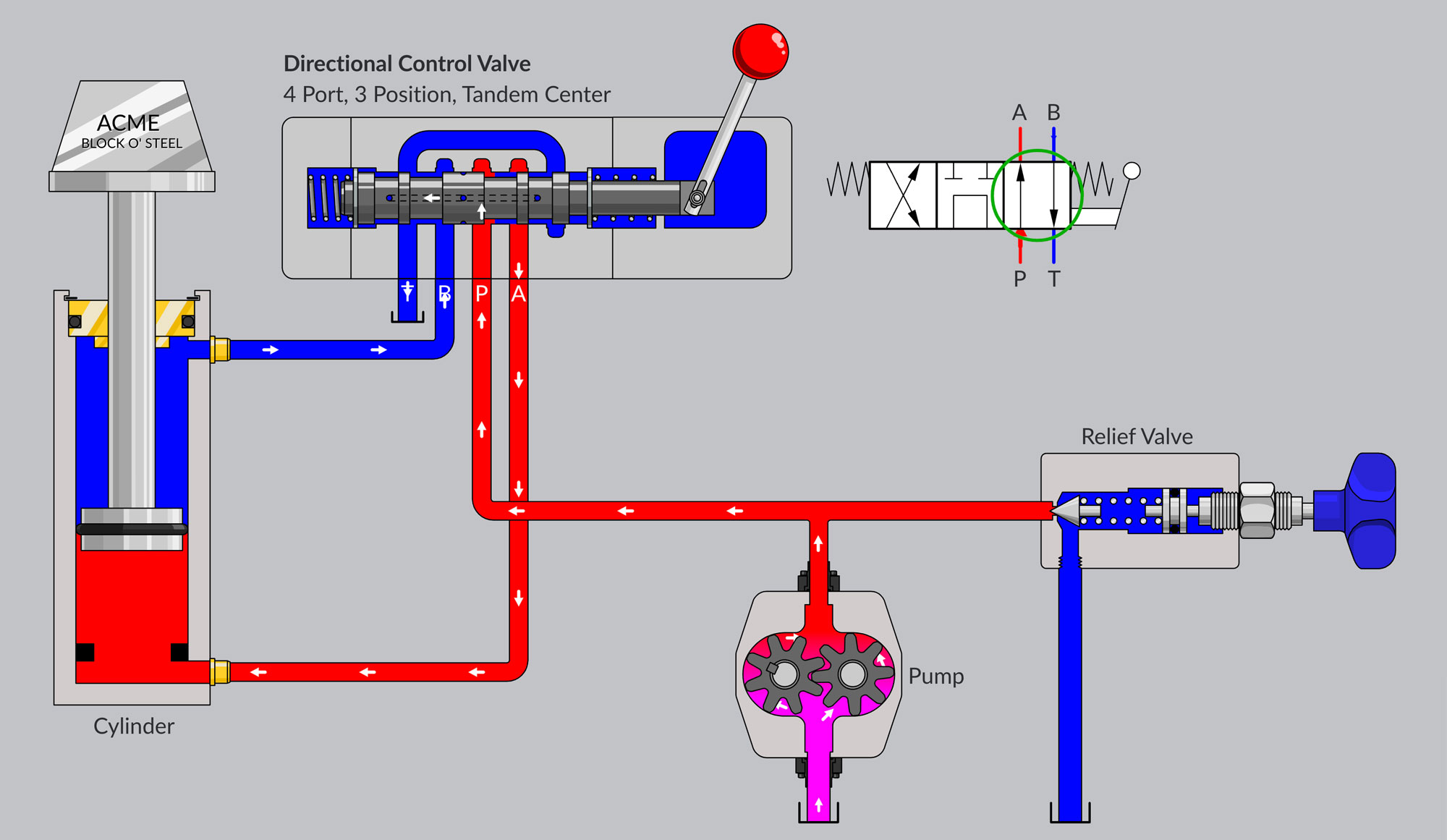
Know your 2, 3 and 4 port directional valves
Flow Control Valves
Objective: Predict the effect of flow control adjustments on actuators and pressure values
Activity: Connect flow controls into typical configurations for hydraulic circuits
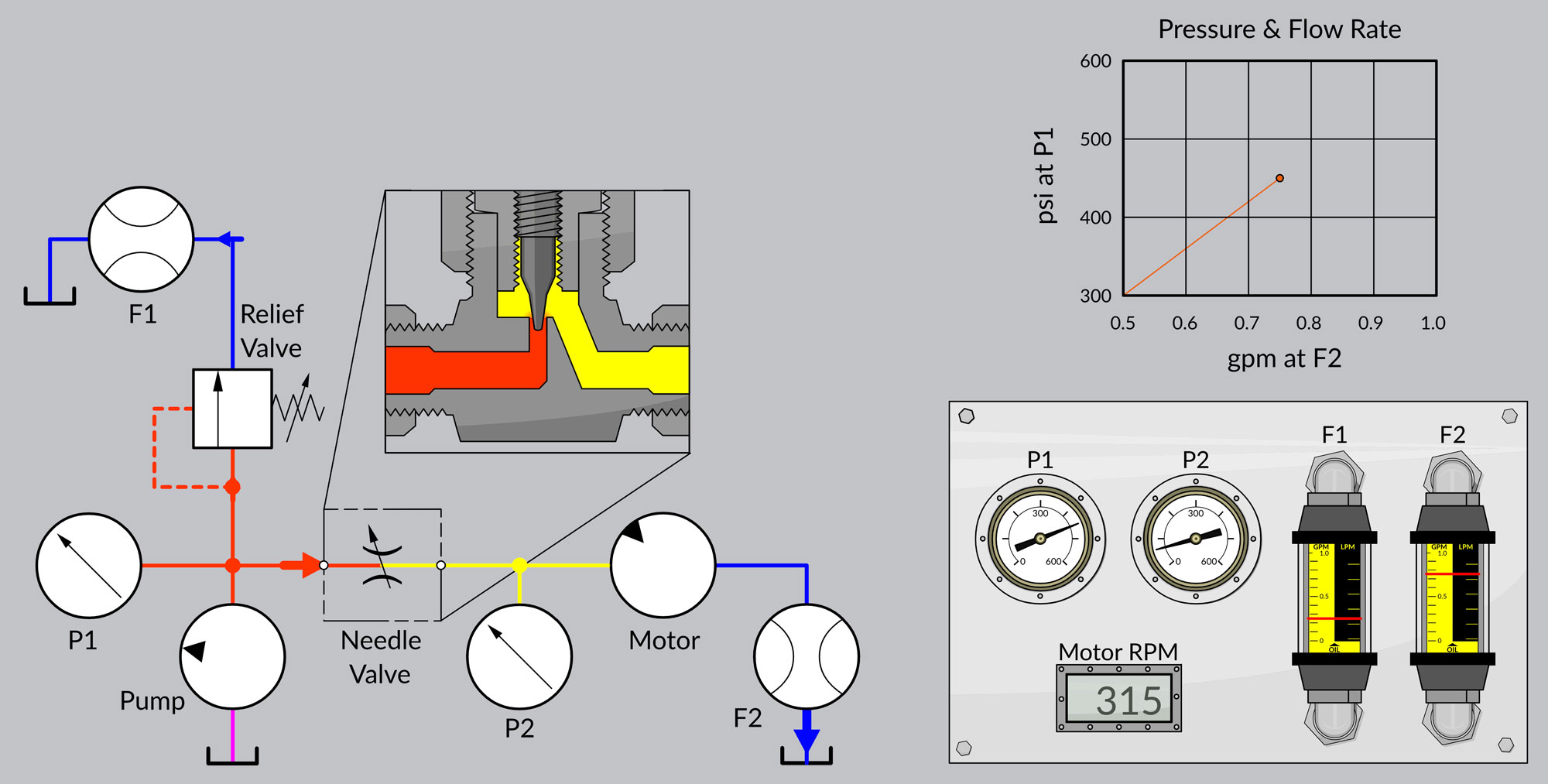
Achieve clarity on meter-in and meter-out flow control modes
Cylinders and Motors
Objective: Predict motion and pressure responses at actuators
Activity: Connect and load a cylinder and motor and read pressures
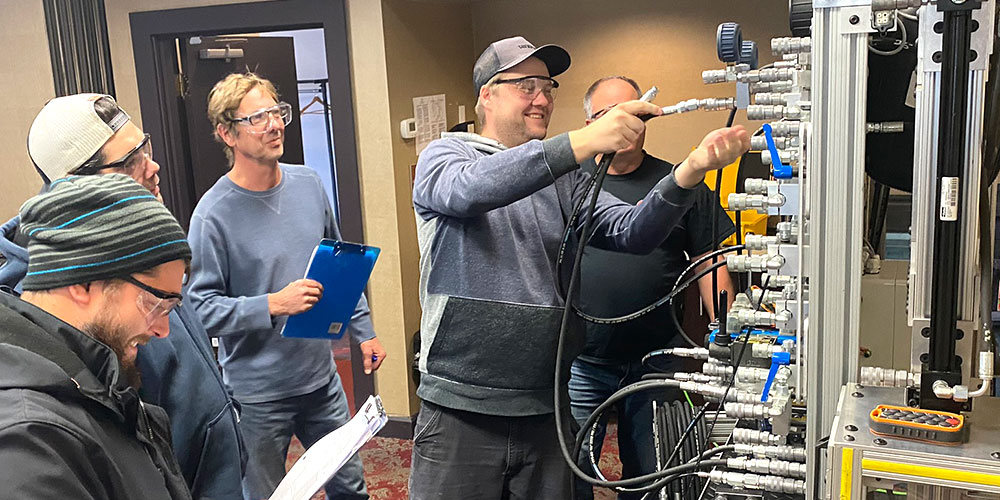
Know your actuator displacement, speeds and pressures
It's a really good course. It will help you read and understand schematics much better.Dana M., Shell
Safety
Objective: List hydraulic system hazards and proper work precautions
Activity: Bleed down pressures and verify a zero energy state
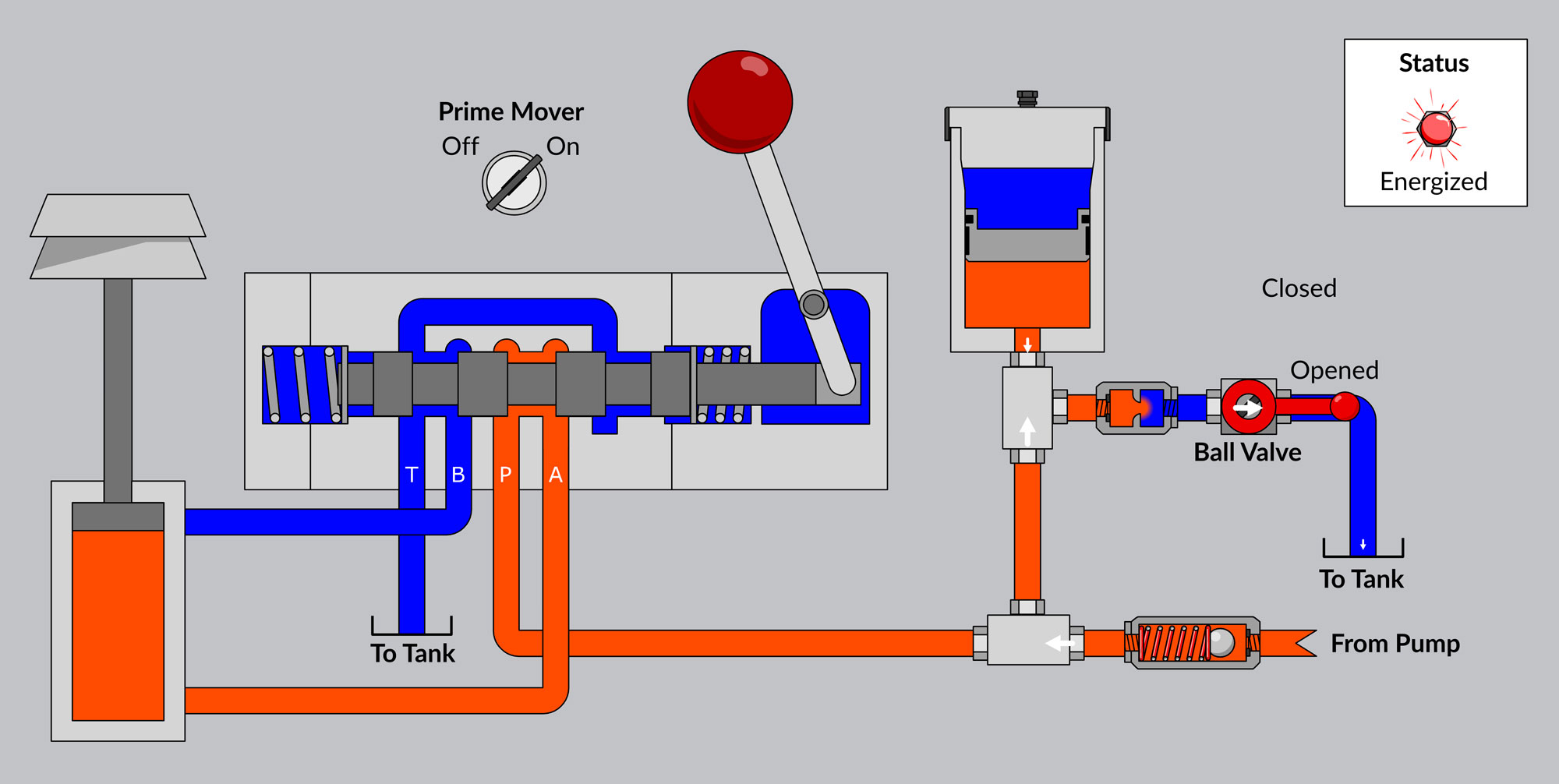
Develop safe work habits and procedures around hydraulics
I now realize the hazards of working with hydraulics, that I didn't know before.Ines H., Mechanic, Pioneer Natural Resources

